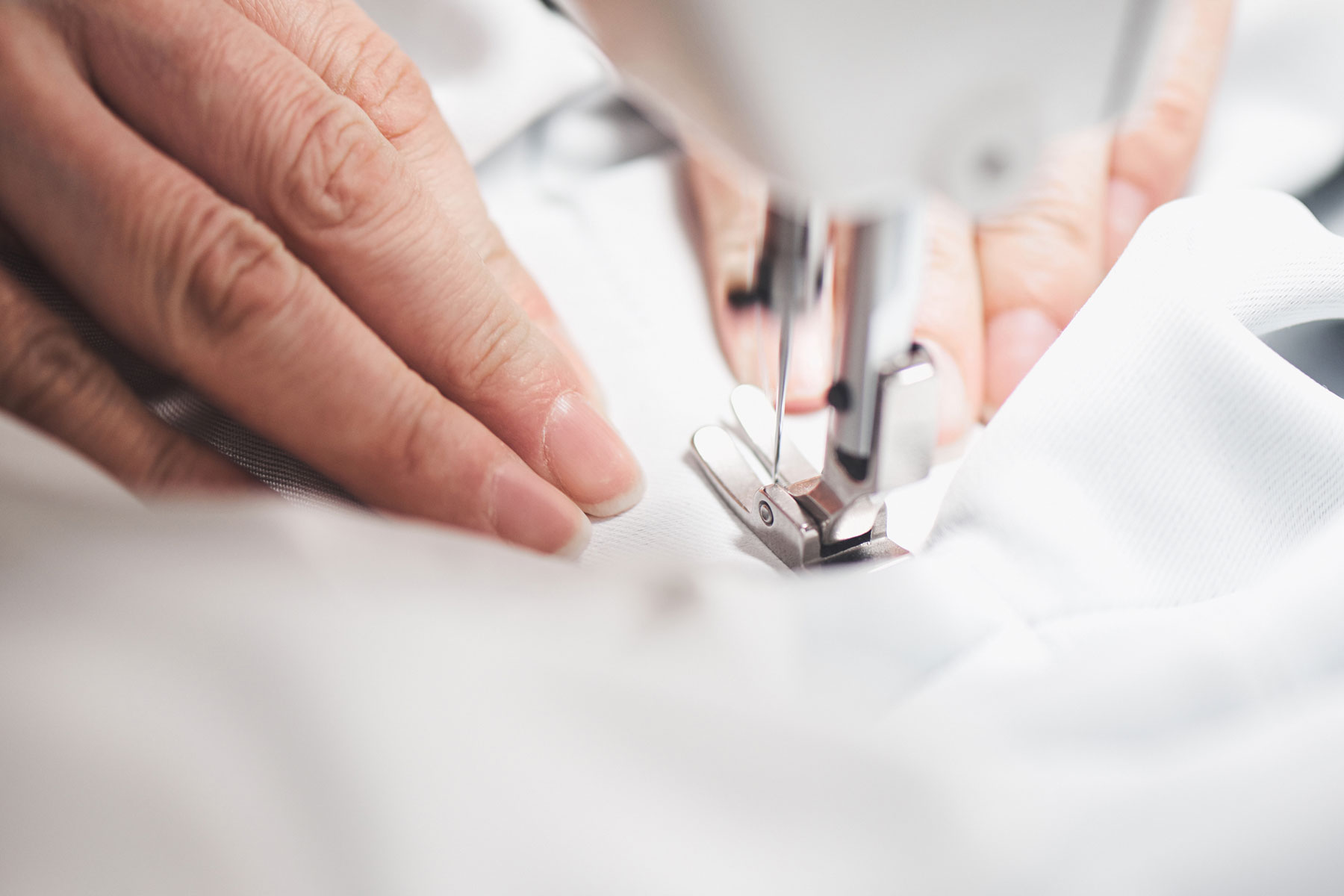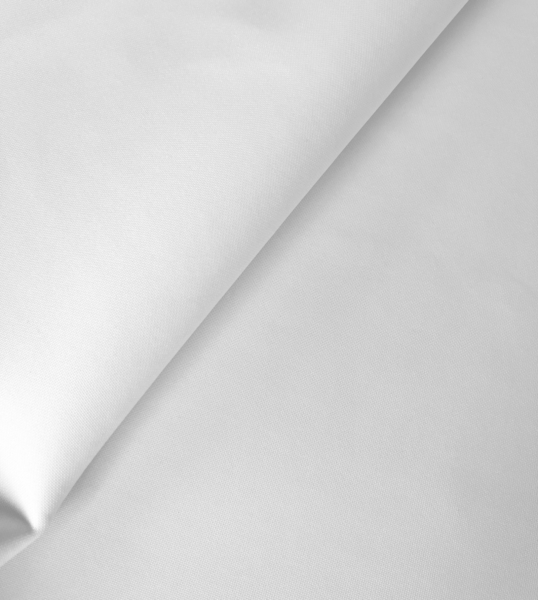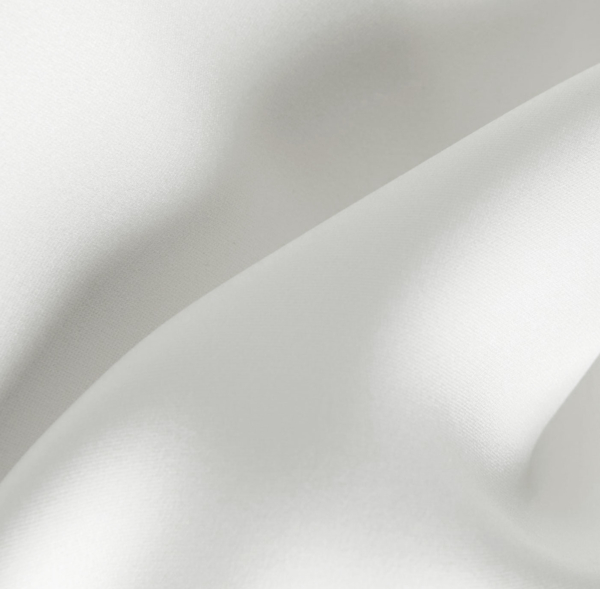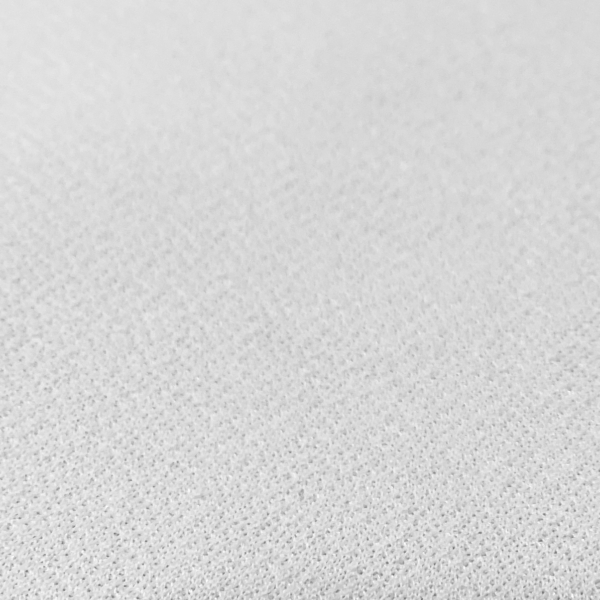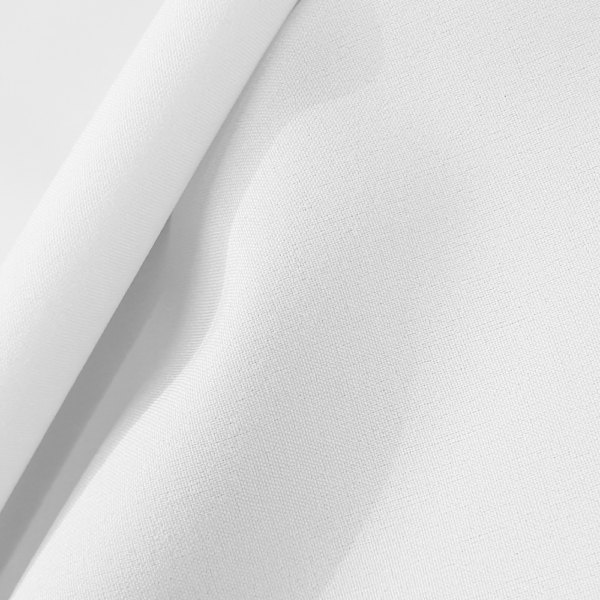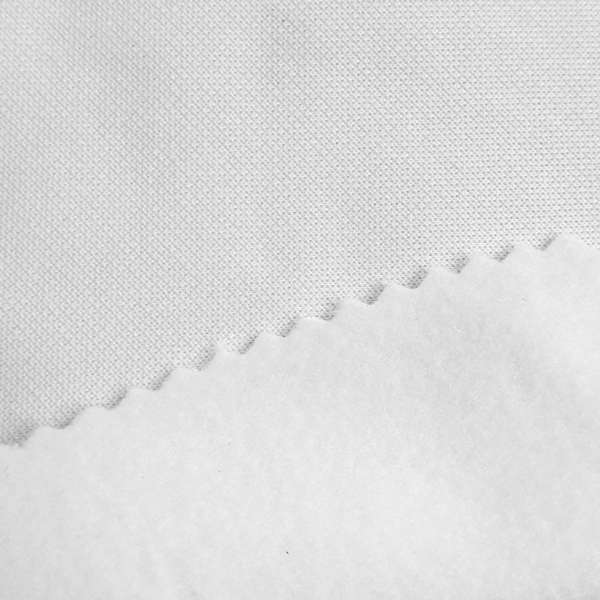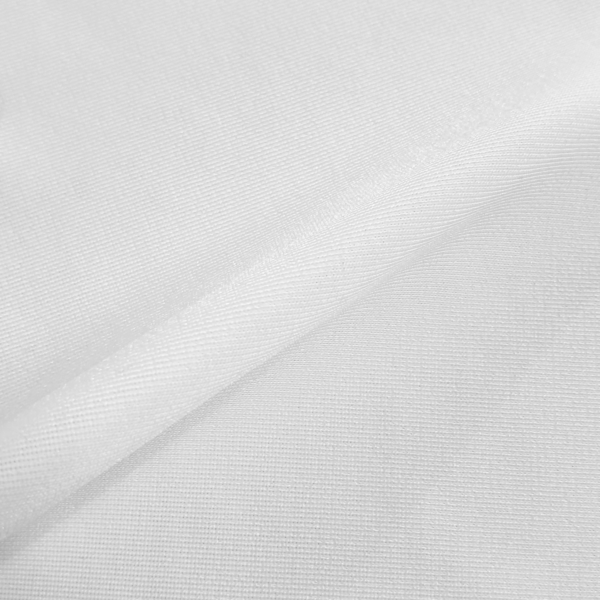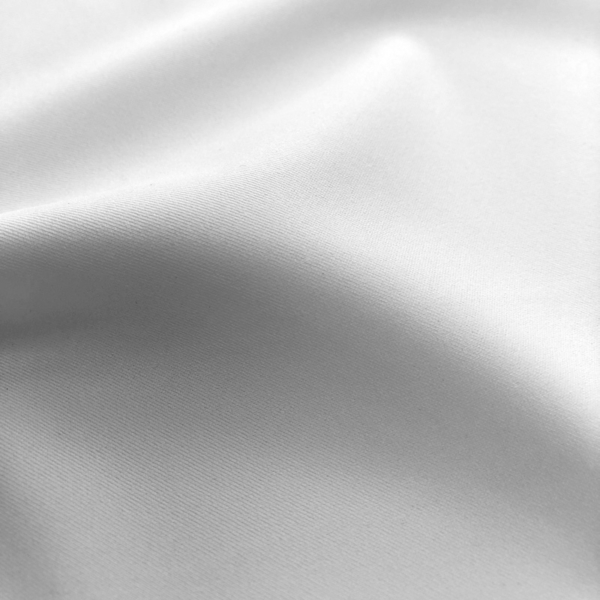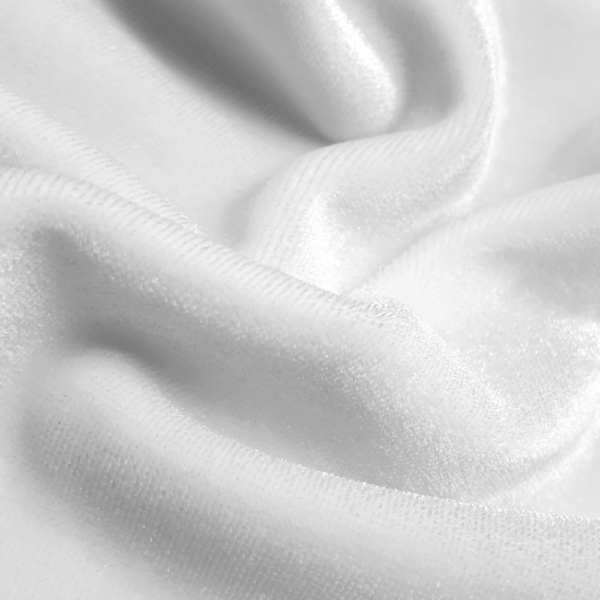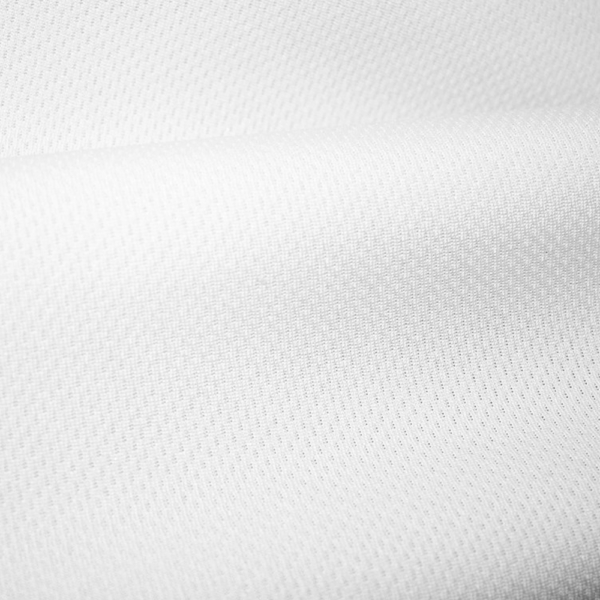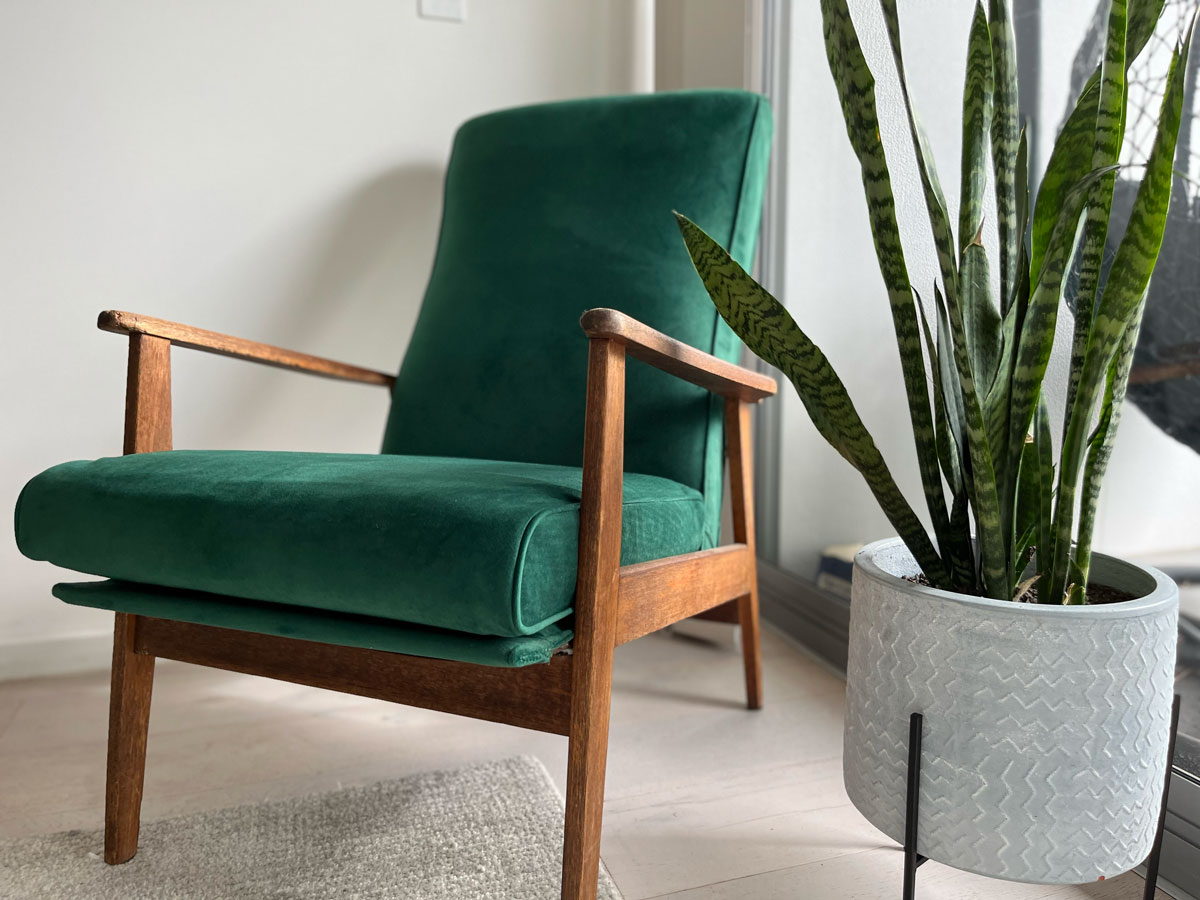What are the different types of stretch fabrics? How do you choose which one is right for your project or purpose? What’s required when sewing with stretch fabrics? You’ve likely landed here because you have all of these questions and more. In this blog post I’ll answer these questions along with some tips on getting started sewing with stretch fabrics in general.
The first thing to think about is the type of product you are making. Are you making leggings, a swimsuit, a garment that needs a lot of stretch to move with the body? Or are you making a t-shirt, or dress that only needs a little bit of give to pull on?
Answering these questions now will help you to make the right selection throughout every stage of your project.
So, what are the different types of stretch fabrics?
There are 2 types of stretch fabrics: one way stretch and two way stretch. There is a little confusion in the industry regarding the terminology between the types of stretch, with a common belief that there is also a four way stretch, which I will explain in more detail below.
One Way Stretch
Below is an example of a one way stretch fabric which simply means it will stretch the length of the fabric in one direction, either vertically or horizontally, but not both.
Some suppliers refer to this as a two way stretch because you can stretch it on two ends of the fabric, however in its true essence this is one direction or ‘way’ being stretched.
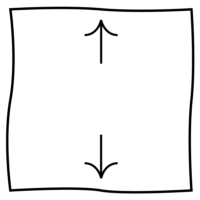
Two Way Stretch
Below is an example of a fabric with two way stretch. This is also sometimes deemed a four way stretch fabric however this is simply stretching the fabric in two directions: both vertically and horizontally. It is often thought of as a four way stretch because you can stretch it from all four sides of the fabric.
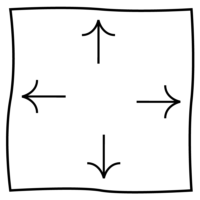
As you can see from the above, the terms are a little interchangeable and it’s easy to see why.
What kind of yarn is best in a stretch fabric?
There are many different types of stretch yarn, such as lycra, spandex, elastane, nylon and polyester, which all have different properties. The type of stretch yarn you use will determine the amount of give or ‘stretchiness’ in your fabric.
Stretch fabrics that contain lycra , spandex or elastane have more power to return to their original shape after being stretched and are often selected for applications such as leggings or swimsuits, where the body is moving around a lot and the fabric needs to return to its original state.
It’s important to look at the percentage of these stretch yarns in a fabric, as you might have a cotton with a 5% elastane composition, meaning this fabric is likely not very stretchy but could be just enough for your purpose.
As an example our Temora fabric is 93% Cotton and 7% Elastane making it a perfect choice for tops as it has a small amount of stretch. A fabric like our Eco Soft 2.0 has 73% Recycled Polyester and 27% Elastane, giving it a great amount of stretch and making it perfect for use as leggings.
How do I choose the right weight fabric for my project?
This is an entirely personal preference, however in general if you were lining a dress with a stretch fabric you would usually opt for a lighter weight fabric. If you want to create a swimsuit, anything between 150gsm to 250gsm would work well. We’ve even printed onto 350gsm material for swimsuits before, so it’s entirely a choice depending on your aesthetic.
How can I successfully sew with stretch fabrics?
The way you approach sewing with stretch fabrics is quite different as the material can pull in all kinds of directions while sewing. Here are some things you’ll need to think about:
Choose the right needle
Stretch needles have a slightly different point than regular needles, and they’re designed to flex as they sew. This helps to prevent skipped stitches and fabric damage, and it also provides a more professional-looking finish.
Don’t pull the fabric
Stretch fabrics are delicate and can be easily damaged by pulling or stretching them too much. Additionally, the stitching can end up a little odd if the fabric is pulled too much while sewing.
Use a walking foot
A walking foot is an attachment that helps to feed the fabric evenly through the machine. This helps to prevent bunching and slipping, resulting in straighter seams. In addition, a walking foot can also help to prevent pinching, which can damage both your fabric and your sewing machine.
Use a zigzag stitch
A zigzag stitch is more flexible than a straight stitch and will help prevent the fabric from breaking or tearing. A straight stitch won’t have enough give, so you’ll need to use a zigzag or other decorative stitch.
Use an overlocker (also known as a serger)
An overlocker/serger can be used to finish the edges of stretch fabrics and prevent them from fraying or unraveling, and provides a nice clean, professional finish to your garments.
Ready to start sewing with stretch fabrics?
Now that you know some tips for sewing with stretch fabrics, why not give it a try? You might be surprised at how easy it is!
Take a look through our full range of stretch fabrics to find the perfect one for your next project
Or browse some feature fabrics below


